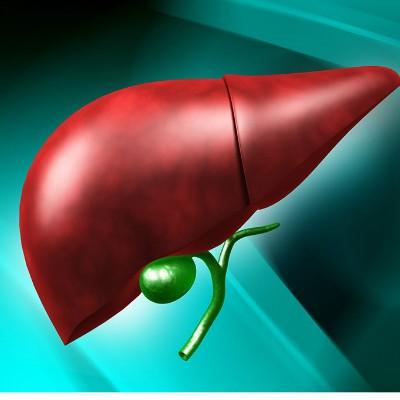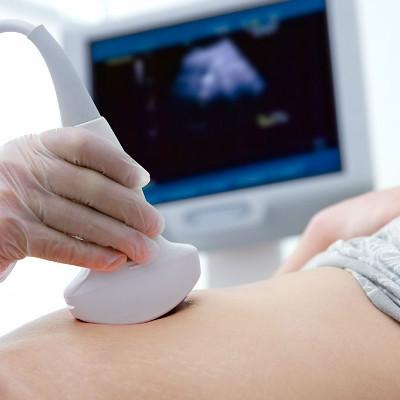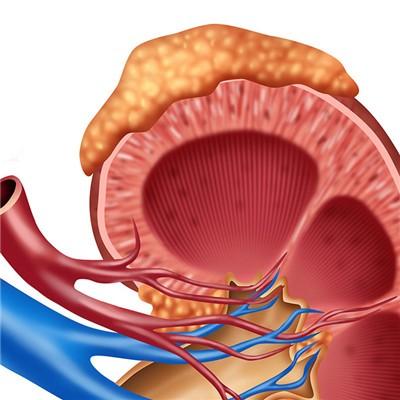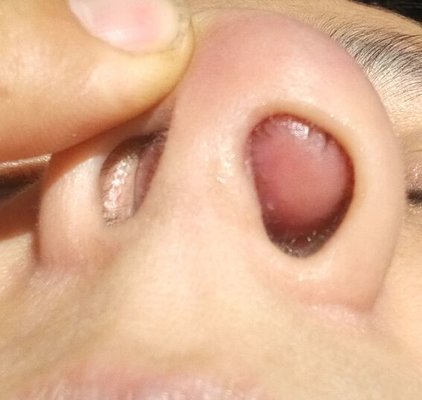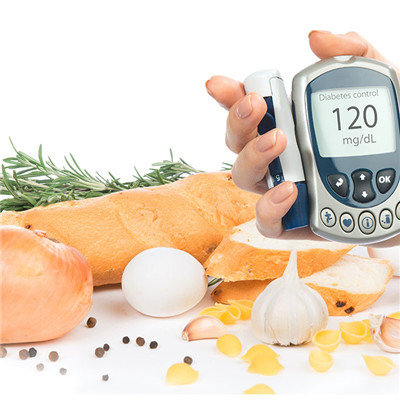What is the cause of inflammation related glaucoma?
summary
Inflammation related glaucoma, which is secondary glaucoma, is often combined with angle closure and open angle factors. The mechanism of inflammation related secondary open-angle glaucoma may be caused by trabecular meshwork edema, corneal endothelial cell dysfunction, uveal cellulose exudate and inflammatory cells blocking trabecular meshwork, prostaglandin mediated, inflammation destroying blood aqueous barrier, producing serous aqueous humor, resulting in blocked aqueous humor drainage. What is inflammation related glaucoma?
What is the cause of inflammation related glaucoma?
1. Ocular inflammation causing glaucoma includes herpes simplex keratitis, herpes zoster keratitis, scleritis, superficial scleritis and uveitis. It has different clinical features according to different primary diseases.

2. Typical manifestations of acute iridocyclitis are anterior segment hyperemia, planktonic cells and flicker in anterior chamber, pupil narrowing, and sometimes KP and inflammatory cells in anterior vitreous. Although inflammation can lead to increased resistance to aqueous humor drainage, most patients maintain normal or decreased intraocular pressure due to decreased aqueous humor production. However, the most common mistake in clinical diagnosis of acute iridocyclitis with or without glaucoma is confusion with primary acute angle closure glaucoma and its sequelae. After the attack of acute angle closure glaucoma, the intraocular pressure often decreases or remains normal, which is similar to acute iridocyclitis, anterior segment hyperemia and concealed flicker and cells in aqueous humor. One of the distinguishing features is the history of acute angle closure glaucoma. After the attack of acute angle closure glaucoma, there is little photophobia and small or slightly large pupil. The most important is the narrowing of the angle during slit lamp examination, and the narrowing or closing of the angle under gonioscopy. Acute iridocyclitis in gonioscopy, the angle is open.

3. Some recurrent and chronic iridocyclitis have obvious characteristics and special nomenclature, including glaucoma ciliary syndrome, iris heterochromia syndrome, intermediate uveitis, etc. Similarly, severe uveitis and secondary glaucoma are sometimes associated with arthritis, especially in young patients with rheumatoid arthritis and some cases of sympathetic ophthalmitis. Most cases of recurrent or chronic iridocyclitis have no special or obvious characteristics, and the cause is usually unknown. The nonspecific signs of chronic iridocyclitis, such as cells, flicker and KP, are sometimes absent and last for a long time, suggesting that the treatment is not thorough. Glaucoma has become a serious problem in some cases due to the chronic course of disease and the significant increase of intraocular pressure.

matters needing attention
Diet should be regular, the amount should be appropriate, avoid overeating. Eat more easy to digest foods rich in vitamins, such as vegetables, fruits, etc., and often keep the stool unobstructed. Pay attention to control the amount of drinking water, generally do not drink more than 500 ml each time. Because drinking too much water at one time can cause hemodilution, decrease plasma osmotic pressure, increase aqueous humor production, and increase intraocular pressure.

